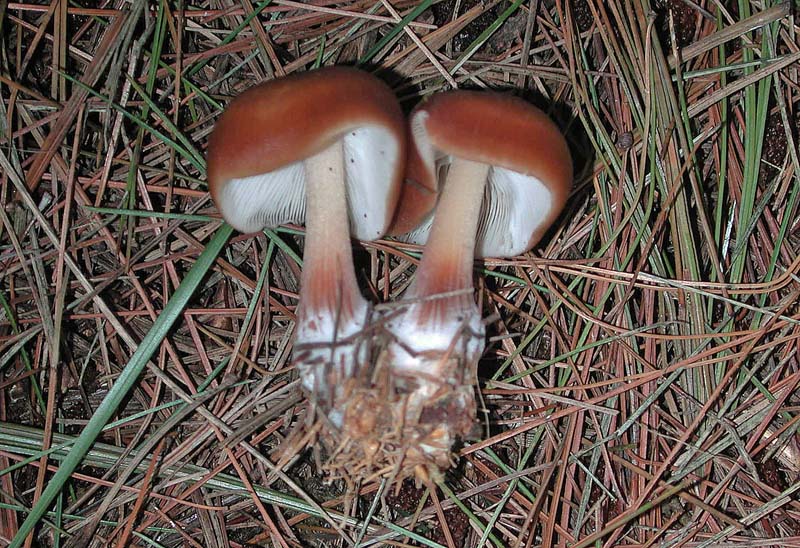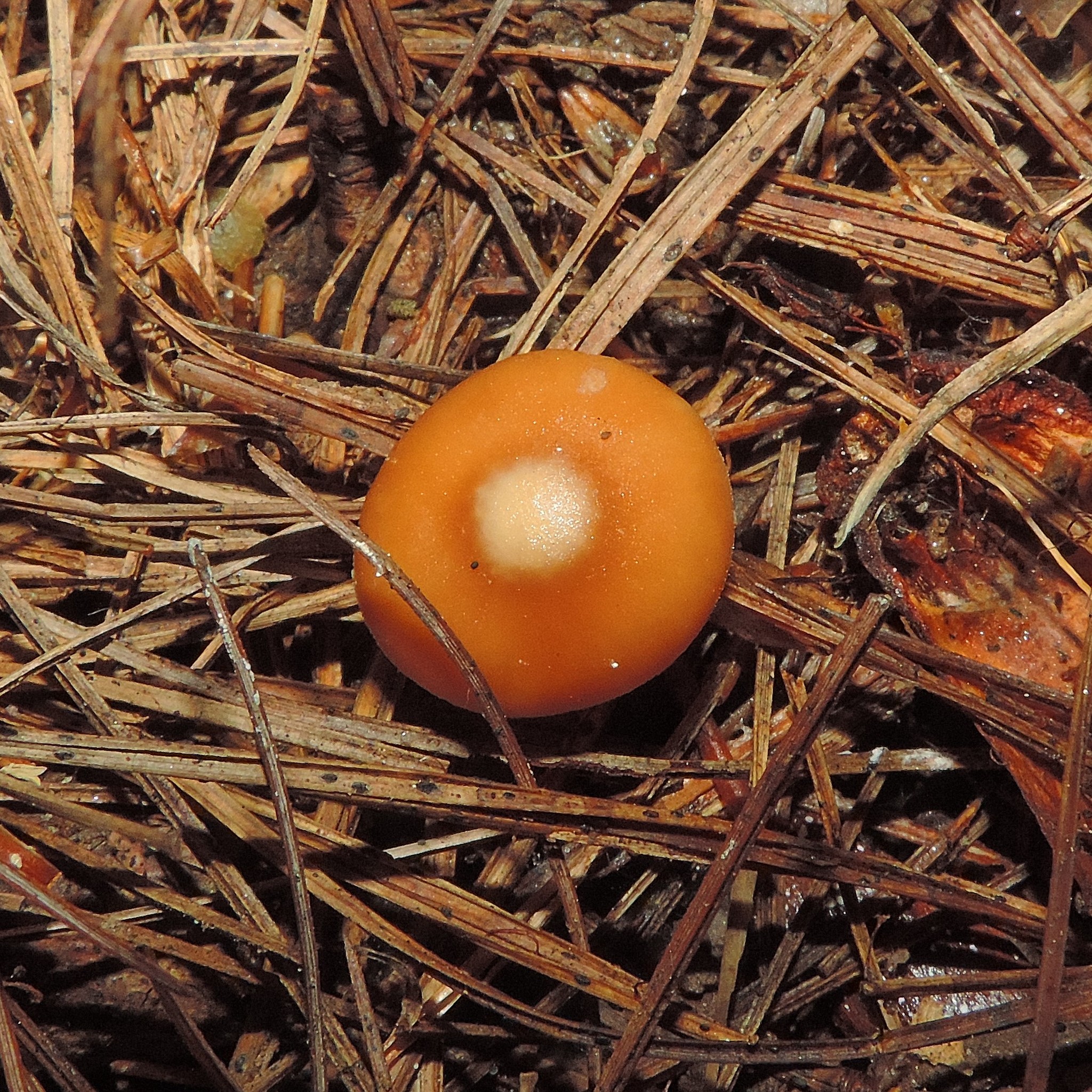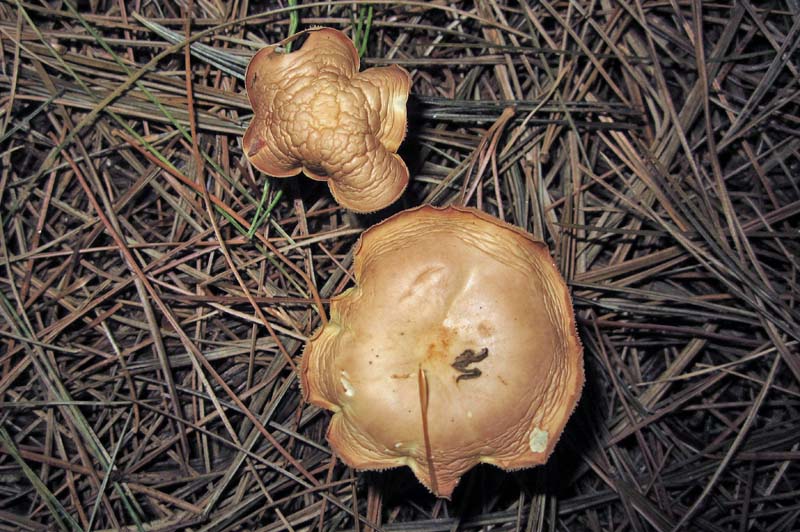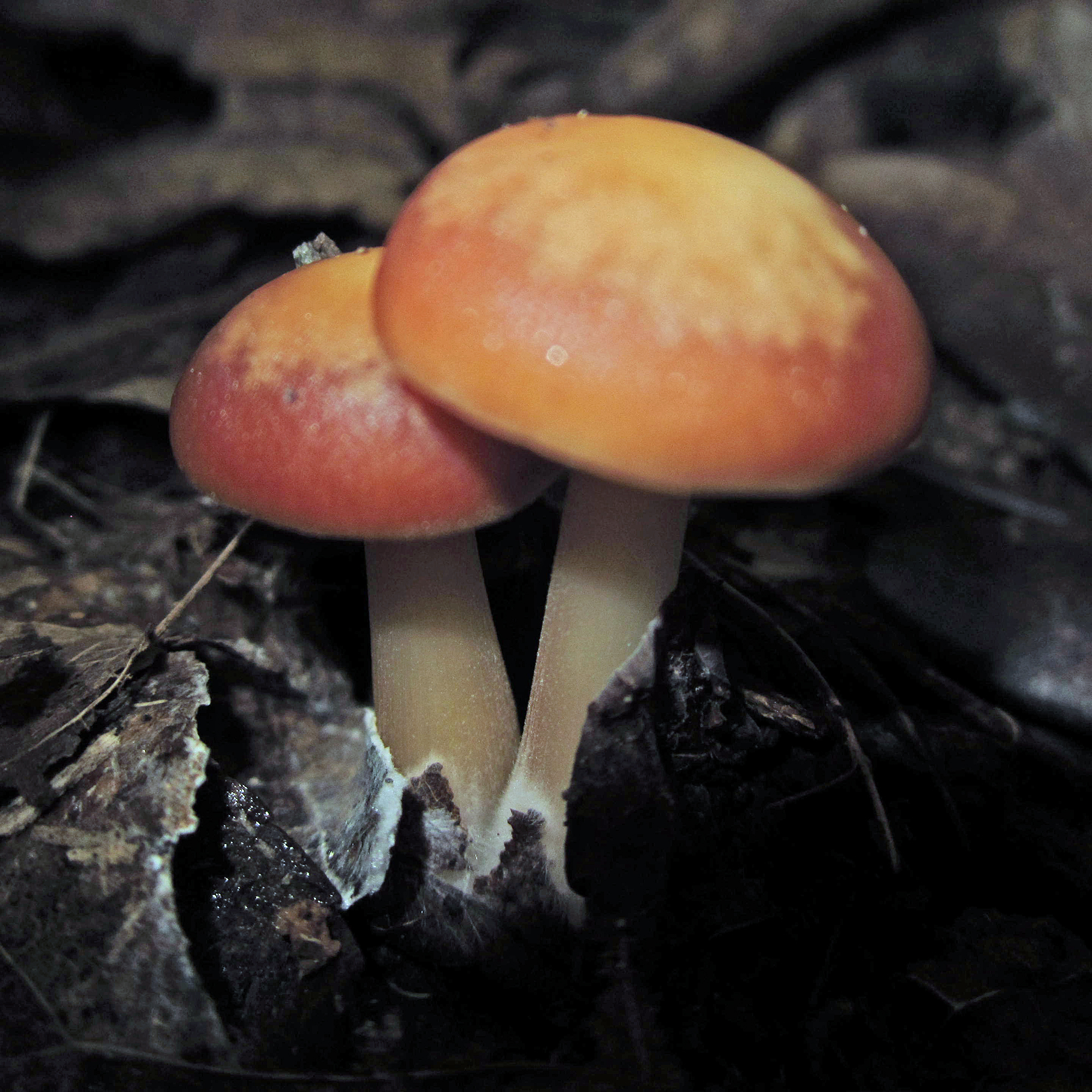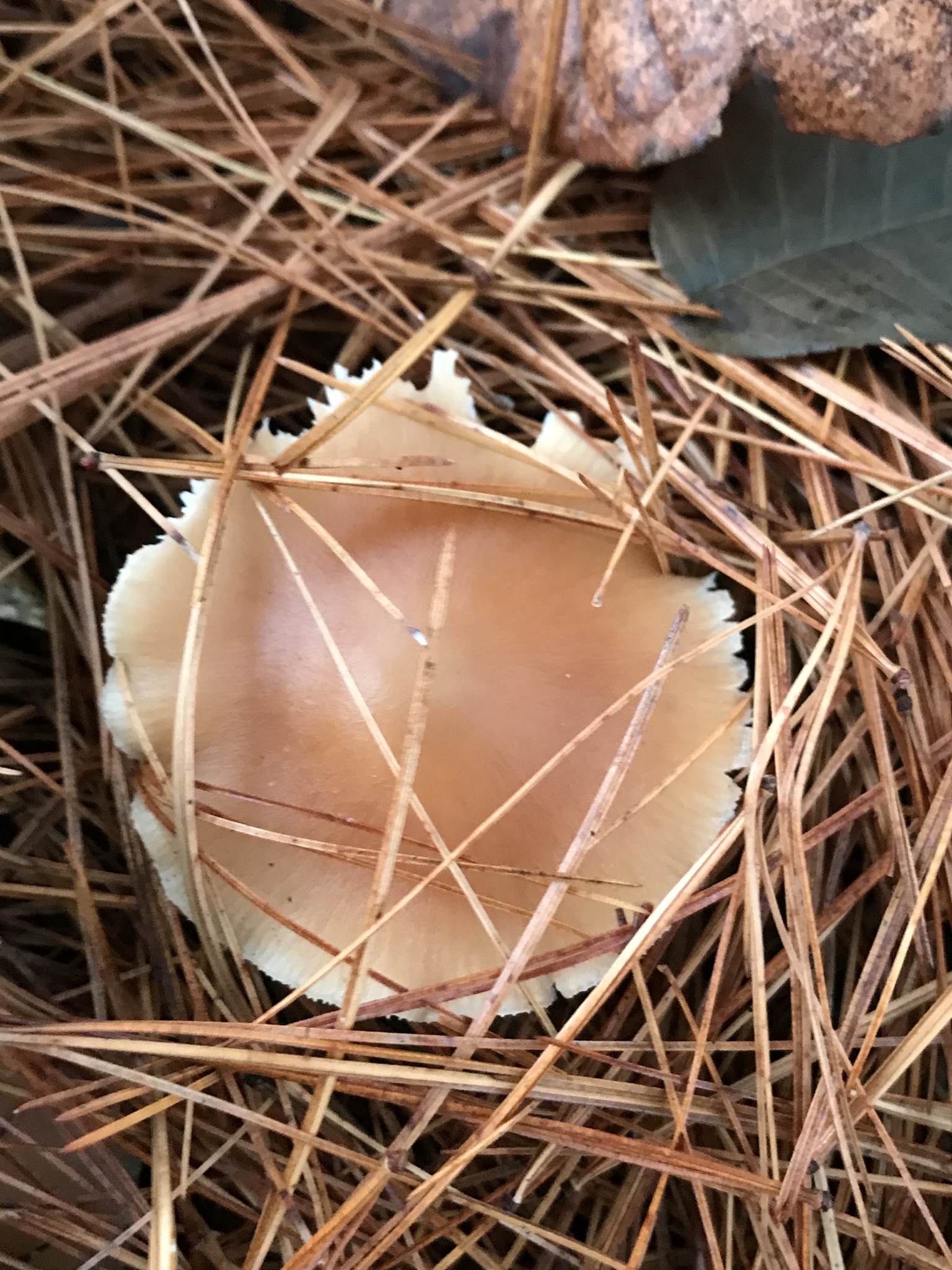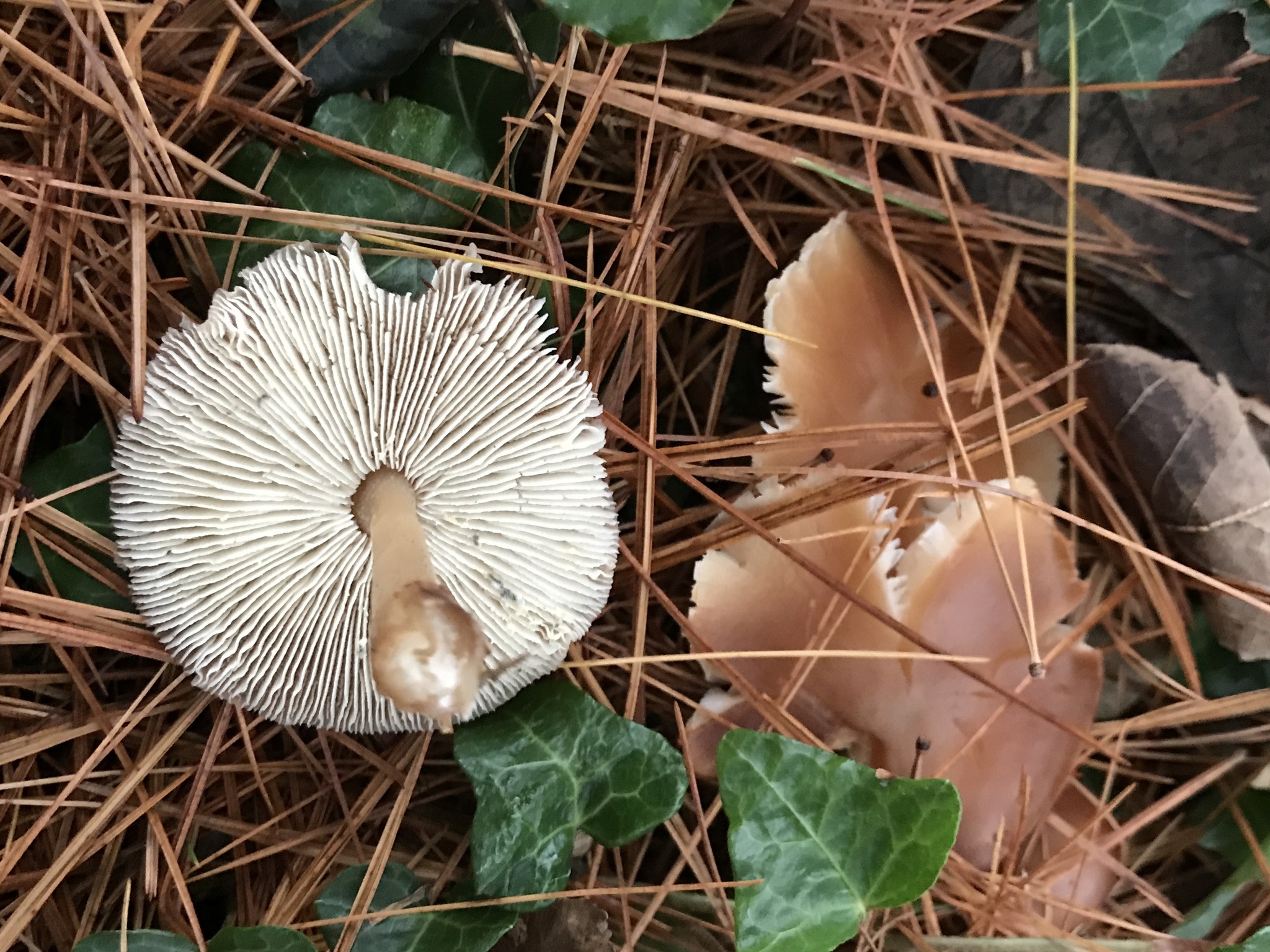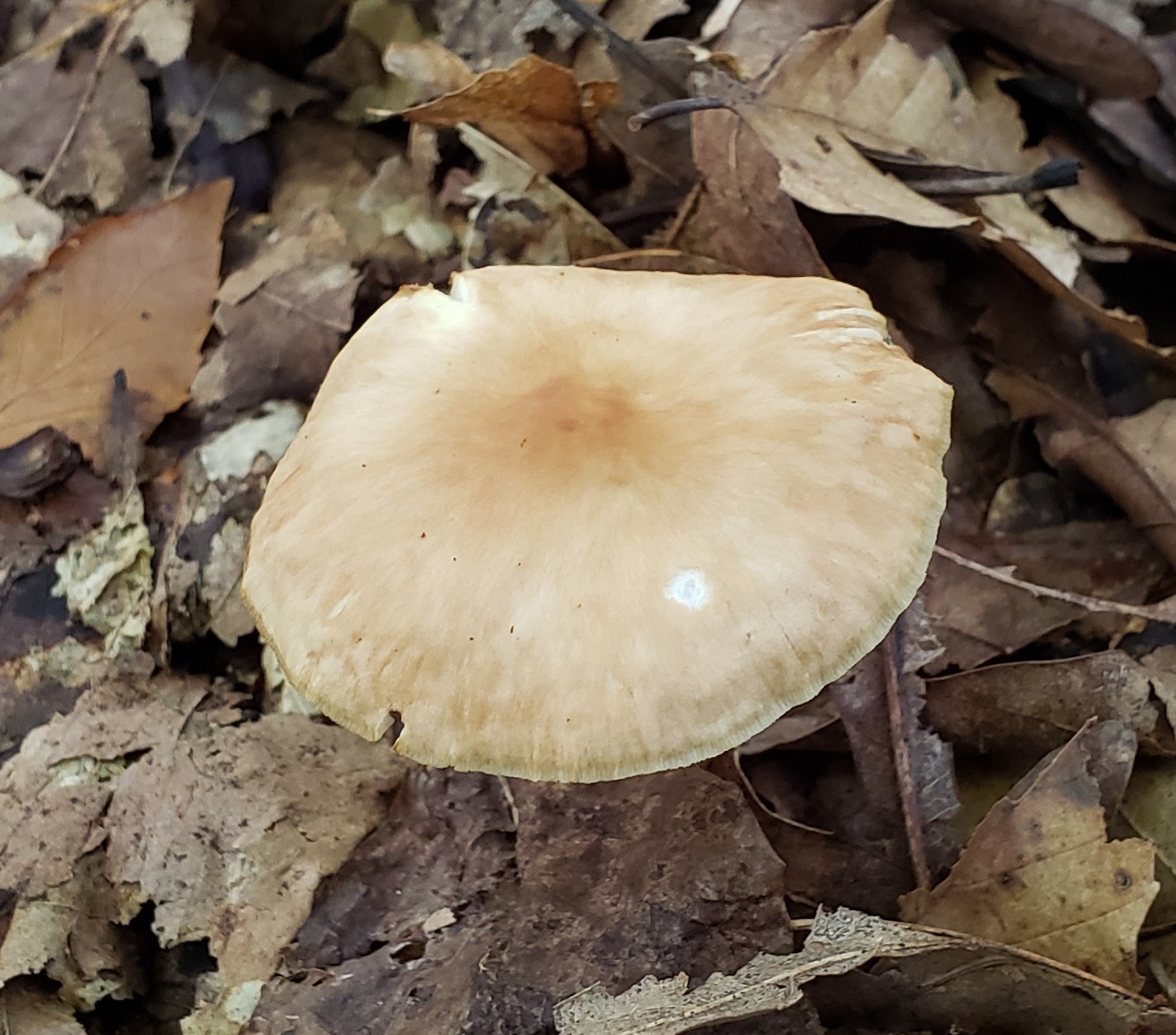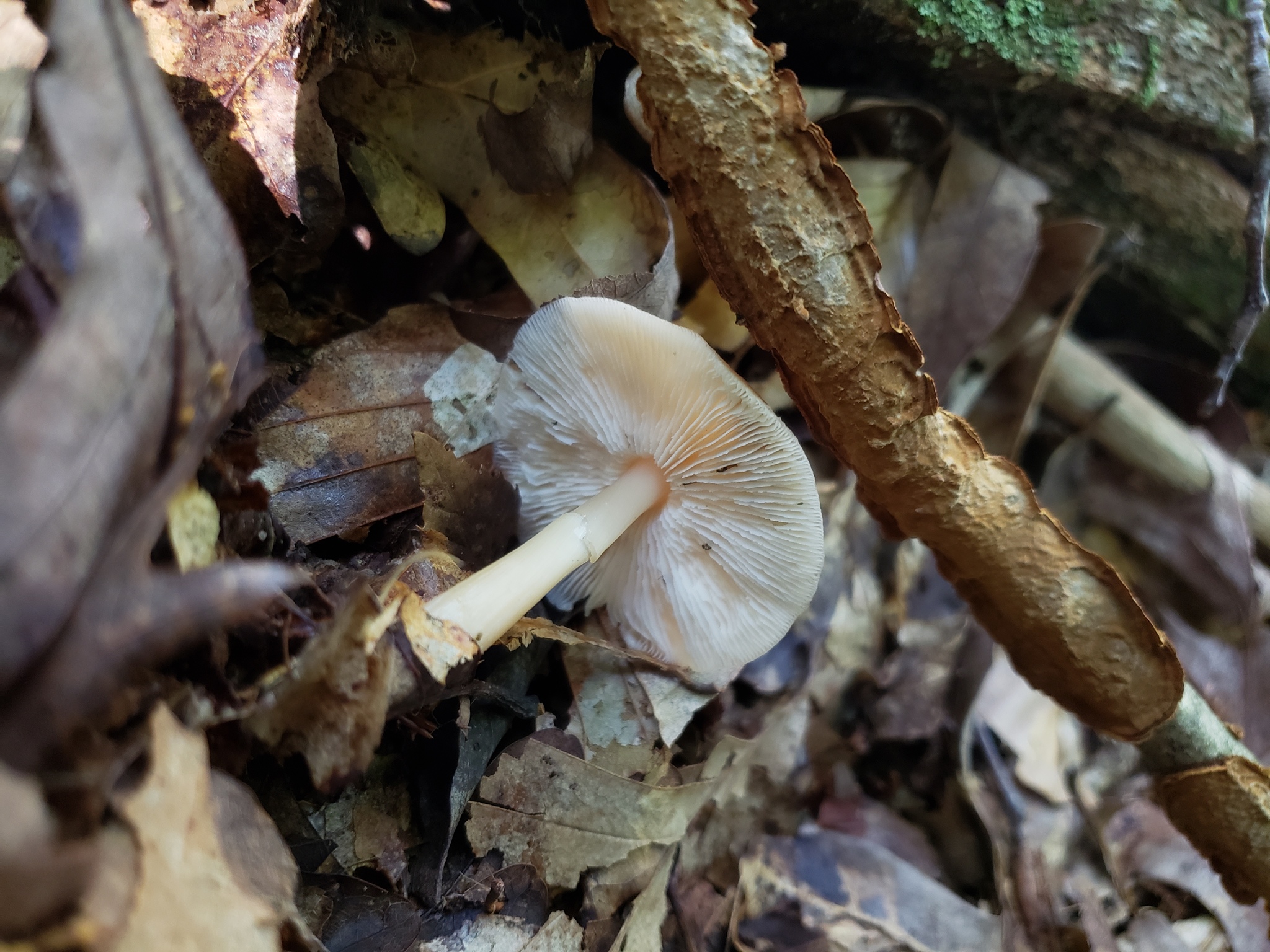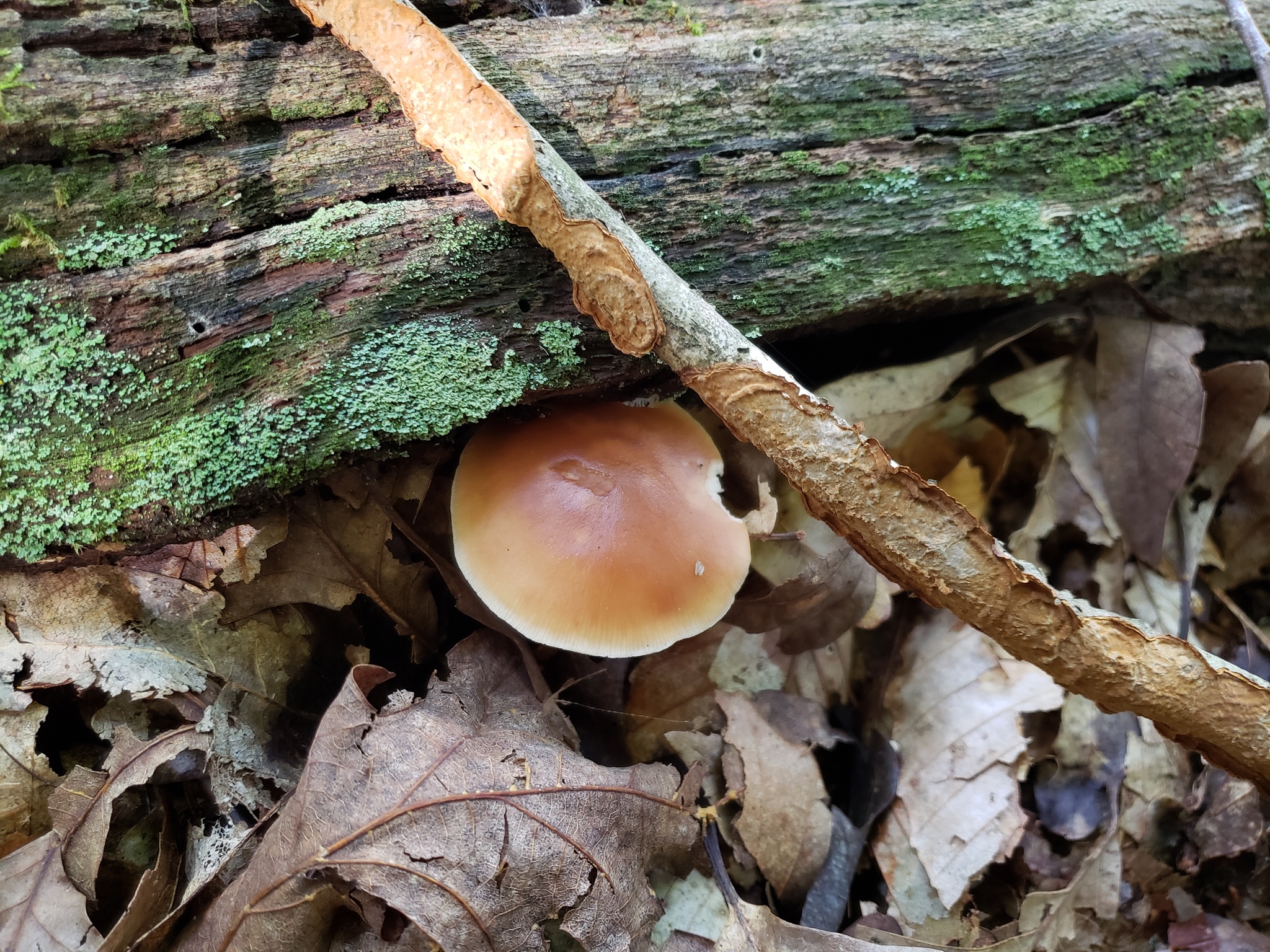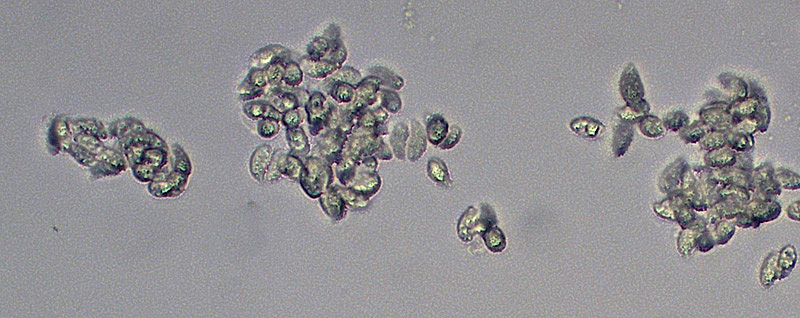Map Snapshot







24 Records
Description
Cap: Reddish-brown fading to tan in age; convex when young to flat in age; smooth, "buttery" feel. Gills: White becoming pink in age, close; may develop jagged edges. Stalk: Whitish above to cap color below; often twisted; becomes hollow in age; base often swollen and is covered with white hairs (J. Solem, pers. comm.).
Where To Find
Single or small groups usually under pines.
Seasonality Snapshot
Source: Wikipedia
| Rhodocollybia butyracea | |
|---|---|
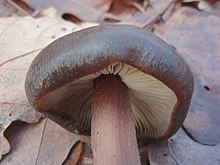
| |
| Scientific classification | |
| Domain: | Eukaryota |
| Kingdom: | Fungi |
| Division: | Basidiomycota |
| Class: | Agaricomycetes |
| Order: | Agaricales |
| Family: | Omphalotaceae |
| Genus: | Rhodocollybia |
| Species: | R. butyracea
|
| Binomial name | |
| Rhodocollybia butyracea (Bull.: Fr.) Lennox[1]
| |
| Synonyms | |
|
Collybia butyracea (Bull.: Fr.) Quélet | |
| Rhodocollybia butyracea | |
|---|---|
| Gills on hymenium | |
| Cap is convex or flat | |
| Hymenium is adnexed or free | |
| Stipe is bare | |
| Spore print is cream to buff | |
| Ecology is saprotrophic | |
| Edibility is edible | |
Rhodocollybia butyracea, commonly known as the buttery collybia,[2][3] is a species of fungus in the mushroom family Omphalotaceae. It has a number of subspecies.[4]
Description
[edit]The cap of this mushroom is 2 to 10 cm across. It is convex and becomes broadly convex or almost flat. When fresh, this species is smooth and moist. It has a reddish-brown colour fading to cinnamon.[5]
The gills are either free from the stem, or narrowly attached. They range from close to crowded and are whitish.[4] Occasionally, they develop a pinkish tone as they age, and often form fine, jagged edges.
The stem is up to 10 cm long and 1 cm thick. It is normally somewhat club-shaped.[4] It can either be moist or dry.
The flesh of this species is white. There is no distinctive odor or taste.
The spores are pale yellowish, pale pinkish, or white.[5]
Ecology
[edit]This species is saprobic. It decomposes litter from conifers, usually that of the genus Pinus,[5] and occasionally hardwoods.[6]
Habitat
[edit]Rhodocollybia butyracea is quite widely distributed in North America.[5]
Edibility
[edit]This mushroom is edible, but unsubstantial.[7]
Gallery
[edit]Similar species
[edit]Similar species include Gymnopus dryophilus.[4]
References
[edit]- ^ "Archived copy". Archived from the original on 2011-07-20. Retrieved 2011-04-29.
{{cite web}}: CS1 maint: archived copy as title (link) - ^ Rhodocollybia butyracea
- ^ Local: image viewer
- ^ a b c d Trudell, Steve; Ammirati, Joe (2009). Mushrooms of the Pacific Northwest. Timber Press Field Guides. Portland, OR: Timber Press. pp. 119–120. ISBN 978-0-88192-935-5.
- ^ a b c d Rhodocollybia butyracea (MushroomExpert.Com)
- ^ California Fungi: Rhodocollybia butyracea
- ^ Phillips, Roger (2010). Mushrooms and Other Fungi of North America. Buffalo, NY: Firefly Books. p. 70. ISBN 978-1-55407-651-2.
External links
[edit]

